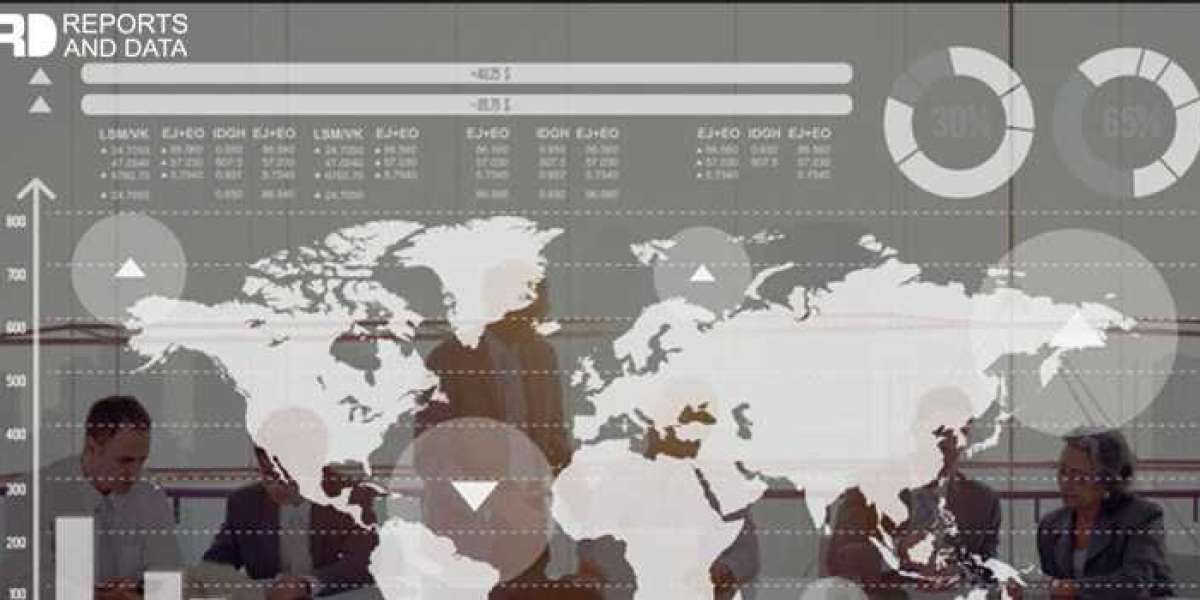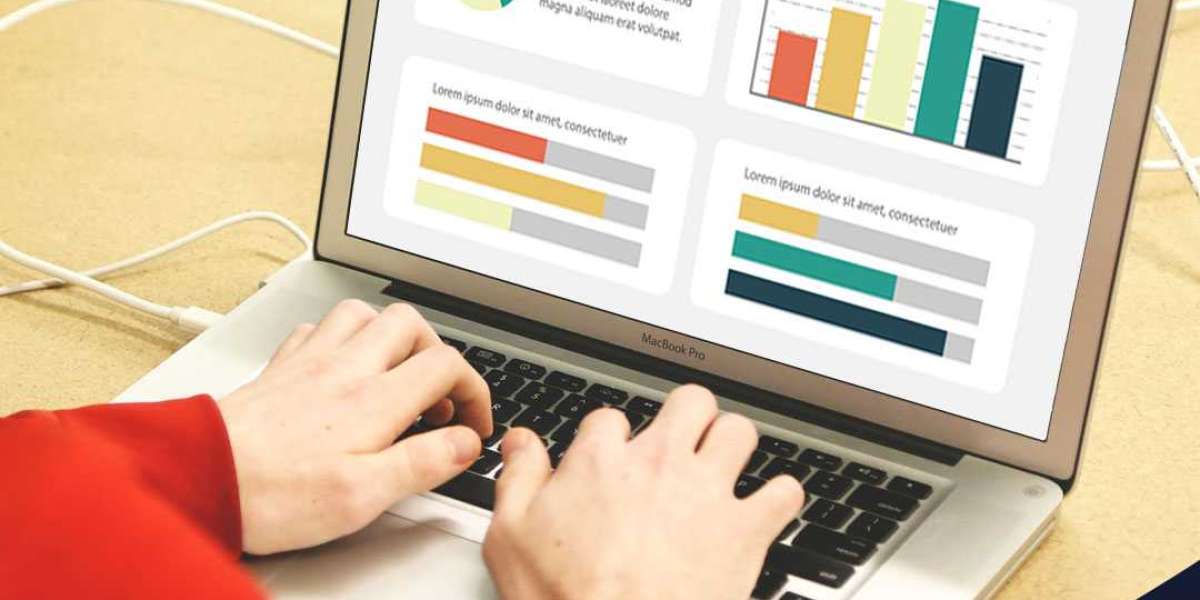In the fast-paced world of digital marketing, programmatic advertising has emerged as a game-changing strategy for marketers seeking efficiency and effectiveness. With the global programmatic advertising market projected to grow exponentially in 2025, businesses are leveraging data, AI, and automation to deliver personalized ads to the right audience at the right time. This blog explores the fundamentals of programmatic advertising, its benefits, trends shaping the industry, and how to use it to maximize your return on investment (ROI).
1. What is Programmatic Advertising?
Programmatic advertising is the automated buying and selling of online ad space. Unlike traditional methods, which rely on manual processes, programmatic platforms use machine learning and AI to optimize ad placements in real time. This process ensures ads reach their intended audience efficiently, maximizing engagement and minimizing wasted spend.
Key components include:
- Demand-Side Platforms (DSPs): Allow advertisers to bid on ad space.
- Supply-Side Platforms (SSPs): Help publishers sell ad inventory.
- Ad Exchanges: Connect DSPs and SSPs for real-time transactions.
2. Benefits of Programmatic Advertising
Programmatic advertising offers a range of benefits for marketers:
- Precision Targeting: Leverages data to target users based on demographics, behavior, and interests.
- Cost Efficiency: Eliminates waste by delivering ads only to relevant audiences.
- Real-Time Optimization: AI-driven algorithms optimize campaigns on the fly, improving performance.
- Scalability: Allows campaigns to reach global audiences across multiple channels and devices.
- Transparency: Offers insights into ad placements, costs, and performance metrics.
3. Programmatic Advertising Trends for 2025
As technology evolves, programmatic advertising is becoming more sophisticated. Here are the top trends shaping the industry:
- AI-Powered Campaigns: Advanced AI tools are refining audience segmentation, predictive analytics, and ad creativity.
- Contextual Targeting: With increased privacy concerns, marketers are focusing on context rather than cookies for ad placement.
- Programmatic DOOH (Digital Out-of-Home): Ads displayed on digital billboards and screens in public spaces are now programmatically managed.
- Video and CTV (Connected TV): Programmatic video ads, especially on streaming platforms, are gaining traction.
- Voice Programmatic Ads: With the rise of voice assistants, programmatic ads for audio content are becoming mainstream.
- Sustainability-Focused Ads: Brands are aligning programmatic campaigns with eco-friendly messaging to appeal to conscious consumers.
4. How to Implement a Successful Programmatic Strategy
To maximize ROI with programmatic advertising, follow these steps:
- Set Clear Goals: Define what you want to achieve—brand awareness, lead generation, or sales conversions.
- Choose the Right Platform: Select DSPs that align with your business needs and offer advanced targeting options.
- Leverage Data: Use first-party data to build detailed audience profiles and refine targeting.
- Adopt Omnichannel Strategies: Combine programmatic ads across devices and channels to create a seamless user experience.
- Focus on Creative: Invest in compelling ad designs and messaging tailored to your audience.
- Monitor and Optimize: Use analytics tools to track performance and adjust campaigns in real time.
5. Measuring ROI in Programmatic Advertising
Measuring the success of programmatic campaigns is essential for continuous improvement. Key performance indicators (KPIs) include:
- Click-Through Rate (CTR): Measures user engagement with ads.
- Conversion Rate: Tracks the percentage of users who complete desired actions.
- Cost Per Acquisition (CPA): Evaluates the cost of acquiring a customer.
- Return on Ad Spend (ROAS): Assesses revenue generated for every dollar spent.
- Viewability: Ensures ads are displayed where they can be seen.
6. Challenges and How to Overcome Them
While programmatic advertising offers numerous benefits, it also comes with challenges:
- Ad Fraud: Protect your campaigns with fraud detection tools and work with reputable platforms.
- Privacy Regulations: Stay compliant with laws like GDPR and CCPA by using consent management tools.
- Brand Safety: Use blacklists and whitelists to ensure your ads appear on appropriate platforms.
- Data Overload: Simplify analysis with AI-powered dashboards and focus on actionable insights.
7. Real-Life Examples of Programmatic Success
- Nike: Used programmatic video ads to promote a global campaign, achieving a 300% increase in engagement.
- Coca-Cola: Leveraged programmatic DOOH ads during peak hours to boost brand visibility in urban areas.
- Airbnb: Used predictive algorithms to target travelers with personalized ads, increasing bookings by 25%.
Conclusion
Programmatic advertising is no longer just a buzzword—it’s a vital component of any successful digital marketing strategy in 2025. By leveraging automation, AI, and data-driven insights, businesses can optimize their ad spend, reach the right audience, and achieve unparalleled ROI. Embrace programmatic advertising today to stay competitive and drive meaningful results in an ever-evolving digital landscape.


